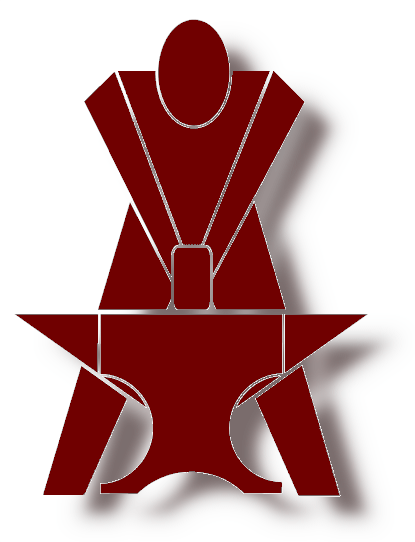I was working on the chassis of the Indy car replica project this week, got to staring at the solid front and rear axles, the leaf springs front and rear, and the shackles. It occurred to me that when one wheel hits a bump, the wheel moves up and that side of the axle is raised. In order for this to happen, something has to twist - or have a lot of free play. My spring eyes have solid bronze bushings, so there is no give there. The shackle faces are butted tight against the spring eyes, so there shouldn't be much free play there and we don't want the bolt to be pivoting in the shackle bar. Even with rubber-lined or polyurethane bushings, there can't be much give. Is it that the leaf springs have to twist in order to allow vertical wheel motion at only one end of the axle? There can't be "slop" built into the axle/spring/chassis system or cars would wander all over the road. The chassis isn't supposed to flex, either, though it does and that's why we get fatigue cracks after a lot of years. If a wheel moved up 3", the axle tilt would be about 3 degrees. The same thing happens when the body leans as the car turns.
I've been driving for almost 55 years and never thought about this. What am I missing? Go ahead, 'splain it to me!
I've been driving for almost 55 years and never thought about this. What am I missing? Go ahead, 'splain it to me!

 Really, not too long ago, even if you were thinking about this...who, and how many folks could you have shared it with? Now, with the internet, and this forum, we can "instantly" ponder these things. And...not just among us car nuts, but anyone who happens to stumble across this posting, world wide, and thanks to language translation software, across the linguistic spectrum.
Really, not too long ago, even if you were thinking about this...who, and how many folks could you have shared it with? Now, with the internet, and this forum, we can "instantly" ponder these things. And...not just among us car nuts, but anyone who happens to stumble across this posting, world wide, and thanks to language translation software, across the linguistic spectrum.
 GOOD GRIEF!
GOOD GRIEF!


 ...................
...................



Comment